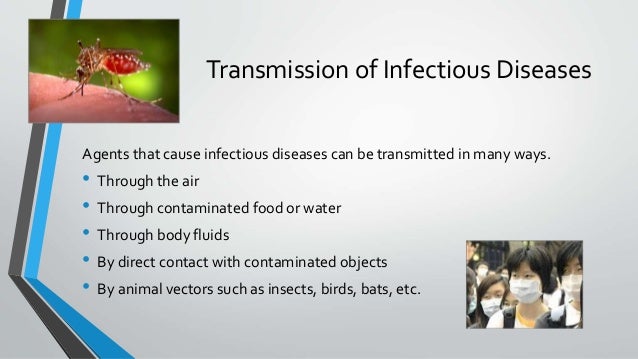
Certain types of viruses, bacteria, parasites, and fungi can all cause infectious disease. Infectious diseases are transmitted from person to person by direct or indirect contact. Infectious or communicable diseases are spread in a number of ways—through food and water, air, direct contact or through insect bites. There are some basic precautions that help in preventing these diseases.
Contagious diseases are part of a broader group of diseases called infectious diseases. These diseases are usually spread by contact with an environmental source such as animals, insects, water or soil. These germs can also spread through the exchange of body fluids from sexual contact. These are the most common ways in which the pathogens spread infection.
Let’s discuss them in detail for a better understanding of how are infectious diseases spread. Air borne Pathogens: Some pathogens are carried through the air particles. When an infected person coughs or sneezes, the pathogens are released into the air. But you may be wondering about some other practical ways of staying infection-free. This has become of even greater concern in recent years.

While the risk related to traditional infections has often been reduced by vaccination and antibiotics, emerging infectious diseases are popping up to remind us how vulnerable we really are. What are the three main ways infectious diseases are spread ? This is the right answer i am telling you. Knowing how infectious diseases spread will help protect you from getting sick while traveling and decrease the likelihood that you will spread illness to other travelers.
Decrease your risk of infecting yourself or others: Wash your hands often. Find out how infectious diseases can be spread , including links to information on how to avoid spread on. Washing hands properly is one of the most important and effective ways of stopping the spread of infections and illnesses.
Ways infectious diseases spread. CHILDHOOD DISEASES AND CONDITIONS. Contagious or communicable diseases are those that can be spread from one person to another. Computer simulations of infectious disease spread have been used.
Human aggregation can drive transmission, seasonal variation and outbreaks of infectious diseases , such as the annual start of school, bootcamp, the annual Hajj etc. So, infectious diseases can be spread in a number of ways. Poverty and unhealthy living conditions make it much easier for disease to spread and take control. Poorer countries often have less well resourced health services and so they often suffer the most.
Initially, new infectious diseases could spread only as fast and far as people could walk. Then as fast and far as horses could gallop and ships could sail. How to Protect Yourself from Infectious Diseases. Because these diseases are often easily passed from person to.
Modes of Transmission of Infectious Diseases Direct contact. An easy way to catch most infectious diseases is by coming in contact with a person or animal who has the infection. A common way for infectious diseases to spread is through the direct.
Infectious bacteria can grow, divide and spread in the body, leading to infectious disease. Some infectious bacteria give off toxins which can make some diseases more severe. For example, Streptococcus. How to Avoid Communicable Diseases.
Infection is defined as the entry and an increase in number of an infectious agent in the tissue of a host ( in this case, you). Spread by surface and skin contact. If those infectious agents cause harm to the host (by making you sick),. Activities for infectious diseases now. Here are activities to help with the teaching of this topic.

Even with all these prevention measures, it is likely that some infections will be spread in the child care center. For many of these infections, a child is contagious a day or more before he has symptoms. You never know when your child or another child is passing a virus or bacteria. An airborne disease is any disease that is caused by pathogens that can be transmitted through the air.
Such diseases include many of considerable importance both in human and veterinary medicine. Stanley Maloy, an SDSU professor of microbiology and dean of the College of Sciences, talks to KPBS about whether climate change is aiding the spread of infectious disease.
Hiç yorum yok:
Yorum Gönder
Not: Yalnızca bu blogun üyesi yorum gönderebilir.